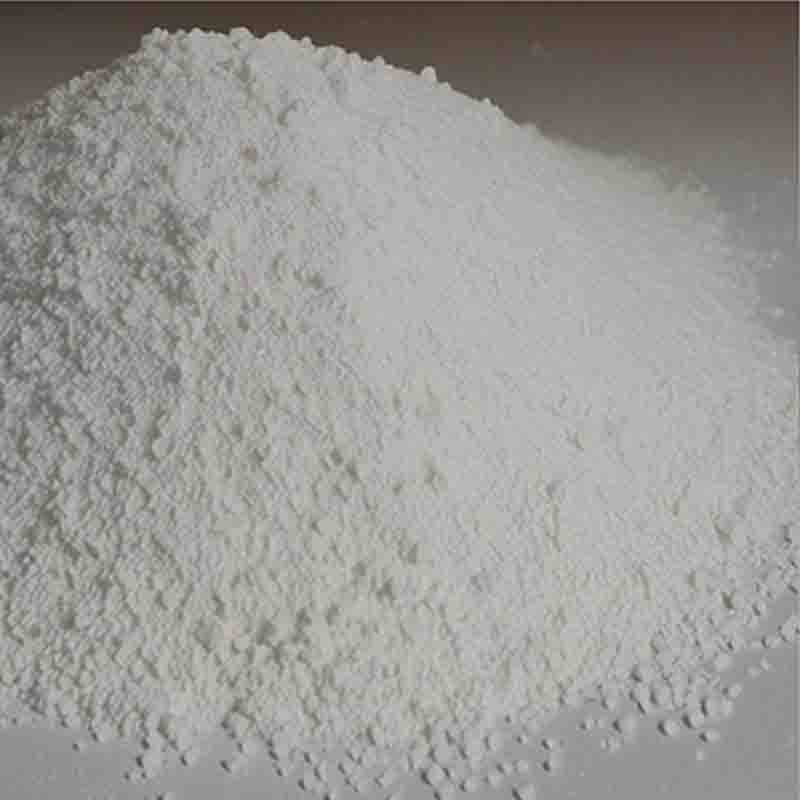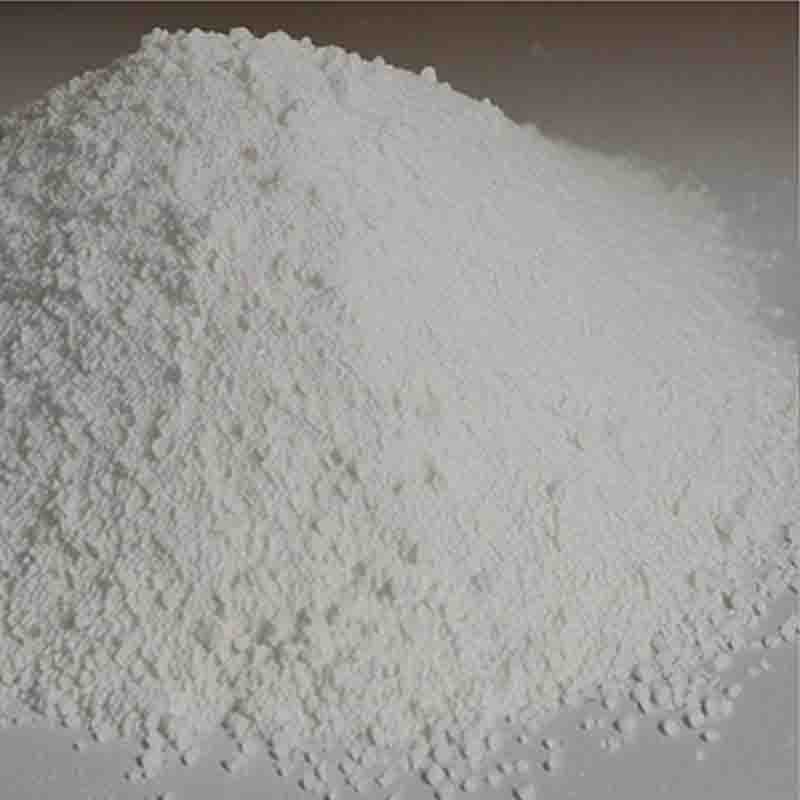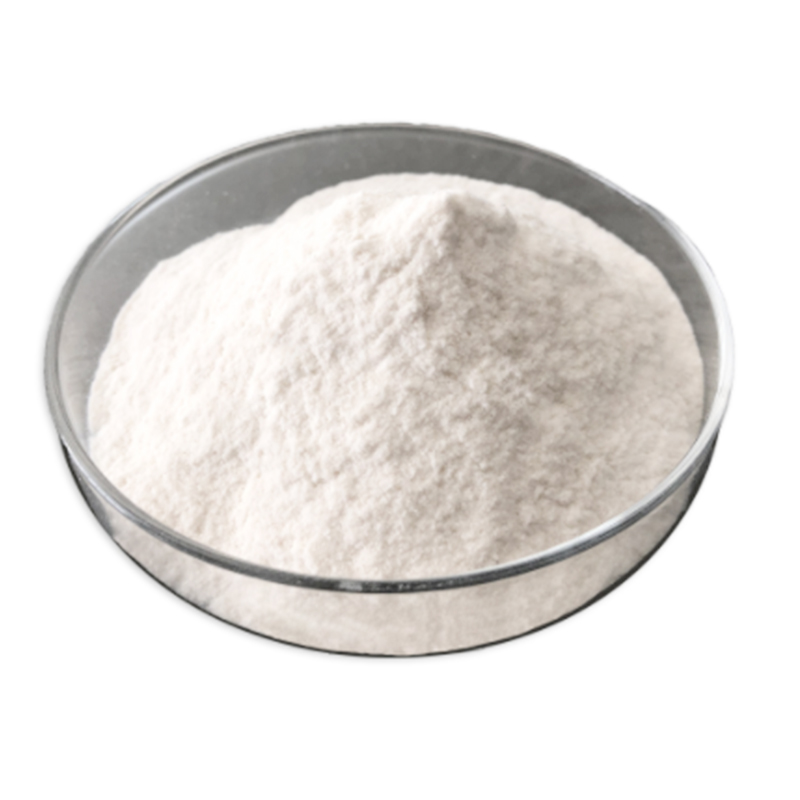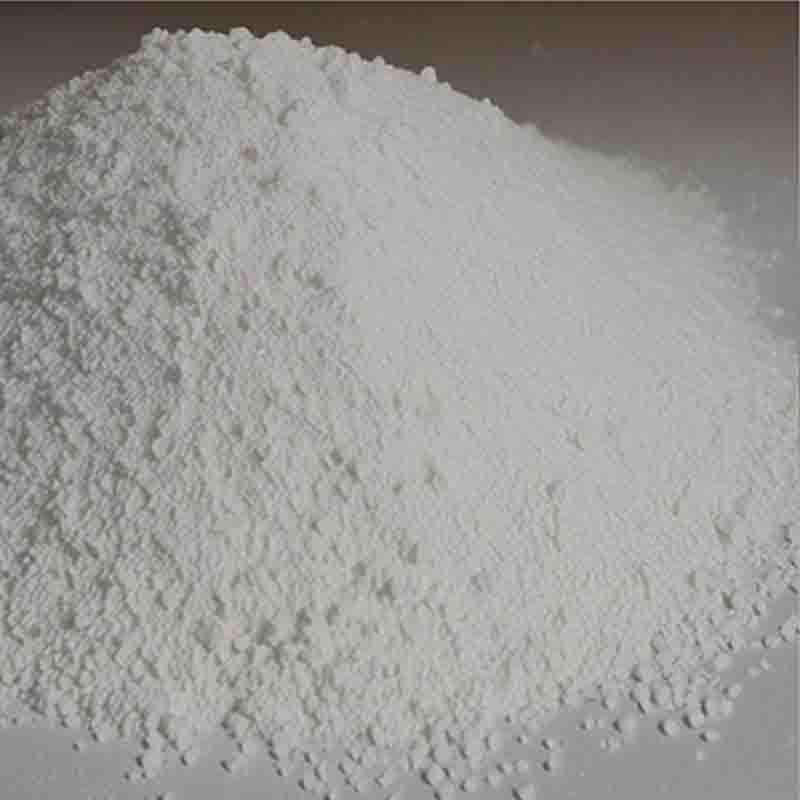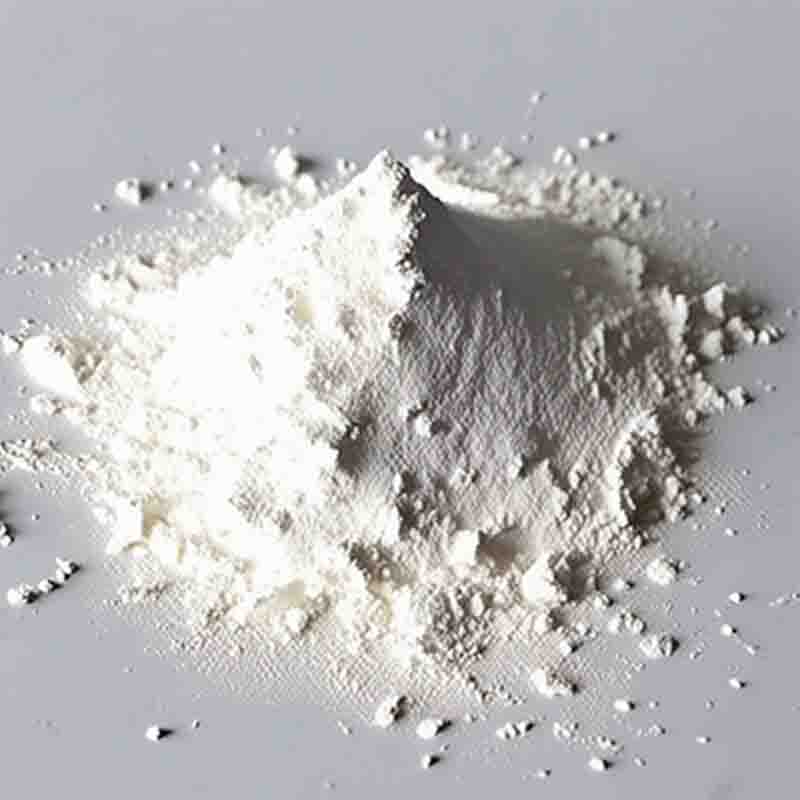(4R-CIS)-1,1-DIMETHYLETHYL-6-[2-[2-(4-FLUOROPHENYL)-5-(1-METHYLETHYL)-3-PHENYL-4-[(PHENYLAMINO) CARBONYL]-1H-PYRROL-1-yl]ETHYL]-2,2-DIMETHYL-1,3-DIOXANE-4-ACETATE CAS: 125971-95-1
| Catalog Number | XD93348 |
| Product Name | (4R-CIS)-1,1-DIMETHYLETHYL-6-[2-[2-(4-FLUOROPHENYL)-5-(1-METHYLETHYL)-3-PHENYL-4-[(PHENYLAMINO) CARBONYL]-1H-PYRROL-1-yl]ETHYL]-2,2-DIMETHYL-1,3-DIOXANE-4-ACETATE |
| CAS | 125971-95-1 |
| Molecular Formula | C40H47FN2O5 |
| Molecular Weight | 654.81 |
| Storage Details | Ambient |
Product Specification
| Appearance | White powder |
| Assay | 99% min |
(4R-Cis)-1,1-Dimethylethyl-6-[2-[2-(4-fluorophenyl)-5-(1-methylethyl)-3-phenyl-4-[(phenylamino)carbonyl]-1H-pyrrol-1-yl]ethyl]-2,2-dimethyl-1,3-dioxane-4-acetate is a compound with a complex chemical structure. While specific information on the uses of this compound may be limited, we can discuss its potential applications based on its structural features and common characteristics of similar compounds.The presence of a dioxane moiety in this compound suggests that it may have solvent properties or be used as a solubilizing agent. Dioxane is a common solvent, particularly in organic chemistry, as it is water-miscible and has good solubility for a wide range of organic molecules. The presence of a dioxane moiety in this compound indicates that it might possess similar solubility properties.Furthermore, the structural components of this compound, such as the fluorophenyl and phenylamino carbonyl groups, suggest potential biological activity. Fluorine substitution in organic compounds can enhance their pharmacokinetic properties, potentially increasing their potency or bioavailability. The presence of a phenylamino carbonyl group may indicate the potential for interaction with biological targets, possibly leading to therapeutic effects.Based on these structural features, it is possible that this compound may have applications in medicinal chemistry or drug development. It could be explored as a potential lead compound for the development of new drugs targeting specific diseases. However, it is important to note that further studies are needed to determine its actual pharmacological properties, including its efficacy, mechanism of action, and potential side effects.In addition to medicinal chemistry, this compound's nitronyl or pyrrole moiety could suggest applications in materials science or as a component in chemical synthesis. Nitronyl and pyrrole derivatives have been investigated for their potential use as organic conductors, catalysts, or building blocks for more complex structures. However, these applications would require further investigation and optimization of the synthesis methods.Overall, the compound (4R-Cis)-1,1-Dimethylethyl-6-[2-[2-(4-fluorophenyl)-5-(1-methylethyl)-3-phenyl-4-[(phenylamino)carbonyl]-1H-pyrrol-1-yl]ethyl]-2,2-dimethyl-1,3-dioxane-4-acetate shows potential for applications in medicinal chemistry, materials science, or chemical synthesis. However, it is crucial to conduct extensive research to evaluate its properties, develop suitable synthesis routes, and determine its specific applications in each field.


![(4R-CIS)-1,1-DIMETHYLETHYL-6-[2-[2-(4-FLUOROPHENYL)-5-(1-METHYLETHYL)-3-PHENYL-4-[(PHENYLAMINO) CARBONYL]-1H-PYRROL-1-yl]ETHYL]-2,2-DIMETHYL-1,3-DIOXANE-4-ACETATE CAS: 125971-95-1 Featured Image](https://cdn.globalso.com/xdbiochems/白色粉末1111.jpg)
![(4R-CIS)-1,1-DIMETHYLETHYL-6-[2-[2-(4-FLUOROPHENYL)-5-(1-METHYLETHYL)-3-PHENYL-4-[(PHENYLAMINO) CARBONYL]-1H-PYRROL-1-yl]ETHYL]-2,2-DIMETHYL-1,3-DIOXANE-4-ACETATE CAS: 125971-95-1](https://cdn.globalso.com/xdbiochems/粉末55.jpg)
